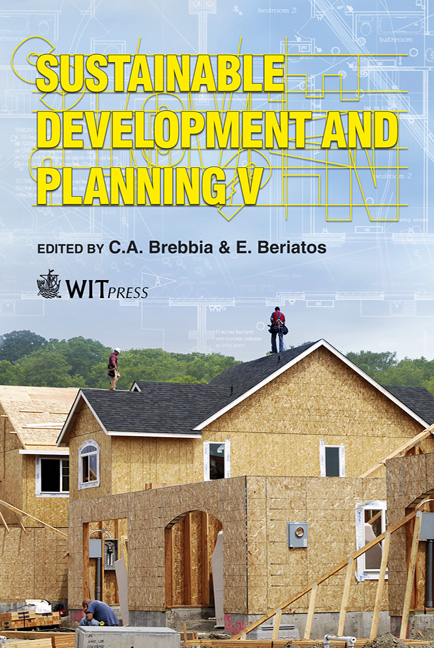Paying The Price: Nationalisation Of Private Property Or Restoring The Commons?
Price
Free (open access)
Transaction
Volume
150
Pages
10
Page Range
573 - 582
Published
2011
Size
2,997 kb
Paper DOI
10.2495/SDP110481
Copyright
WIT Press
Author(s)
F. Rochford
Abstract
In November 2009 Peter Spencer, an Australian Grazier, climbed a tower on his property in New South Wales and began a hunger strike. He claimed to be protesting against limits to vegetation clearing which effectively ‘sterilised’ his assets. He argued that land use constraints have been used as a carbon offset to ensure compliance with carbon reduction targets, but that they have rendered his land ‘unviable’. Although he has discontinued his hunger strike, litigation in the High Court continues, claiming that limitations on land clearance are an expropriation of property attracting the provisions of the Australian Constitution which require compensation on ‘just terms’. This paper assesses tension between restrictions on private property and the interests of the community in addressing climate change, considering the justifications for private property. It considers the legal mechanisms by which restrictions have been imported, and the claim that the Australian Federal Government has avoided the requirement to pay compensation because the regulatory regime was introduced by the State of New South Wales, as a result of agreement with the Commonwealth. It then considers the potential for regulatory action to cast the burden of climate change on a few, without compensation, and considers issues of justice arising from realisation of that potential. Keywords: sustainability, land use, property, law and policy. 1 Introduction This paper examines the social and legal implications of legislation regulating land clearing on private land in Australia. Under the Kyoto Protocol, which Australia has now ratified, Australia is committed to containing its carbon
Keywords
sustainability, land use, property, law and policy.





